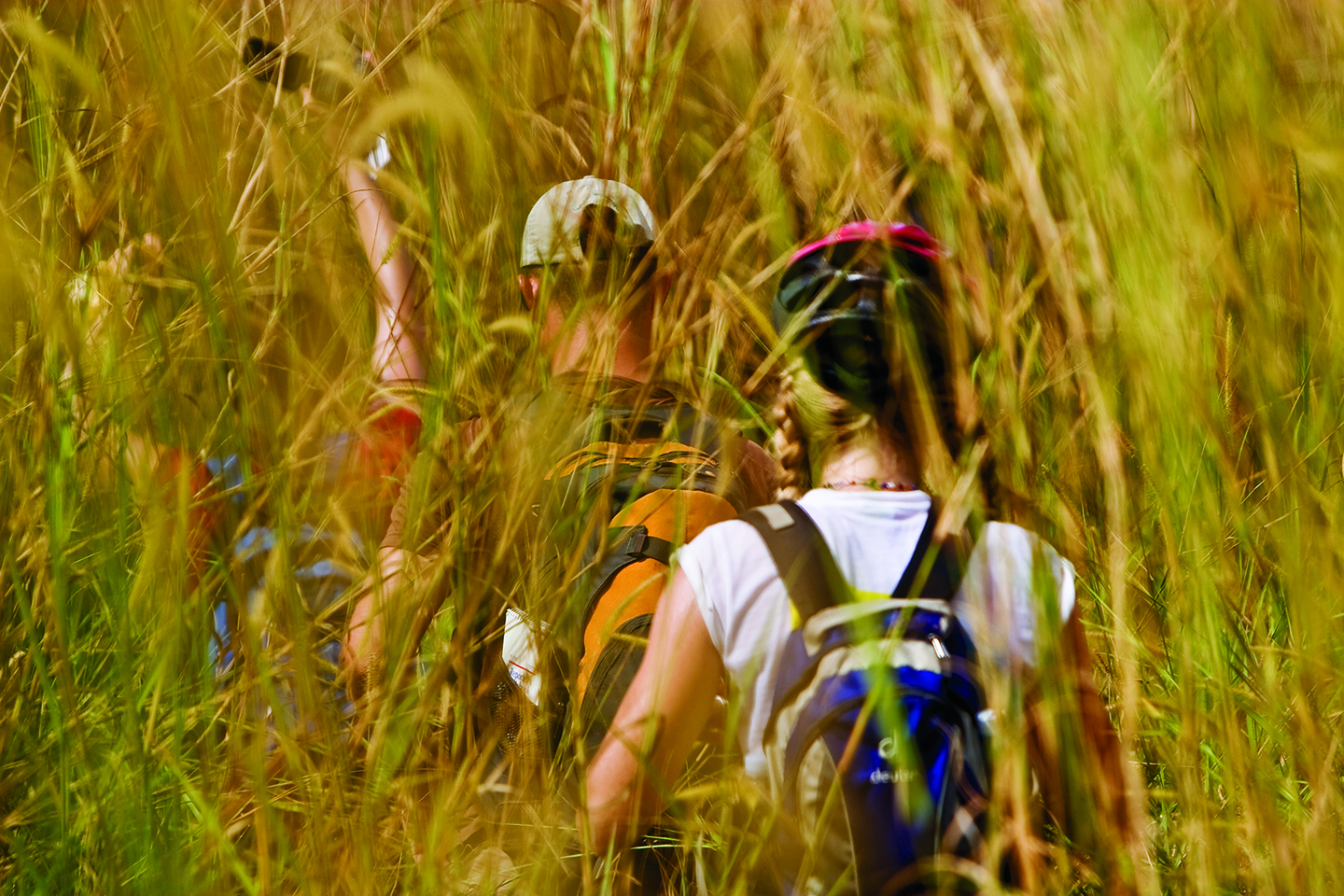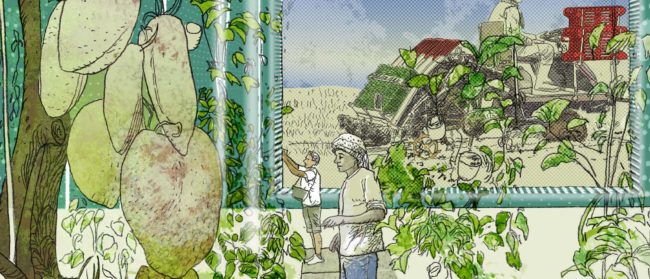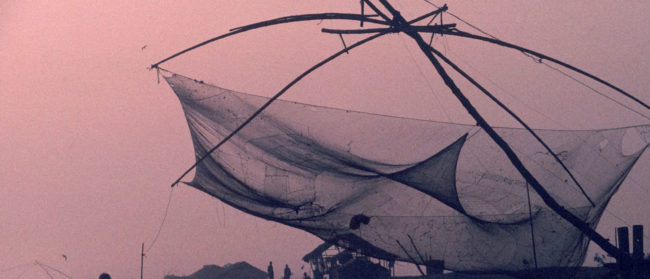With 23 conservation areas and seven national parks, Cambodia would seem to be an eco-trippers paradise. On paper, over 20% of Cambodia is under some form of protection – an impressive figure. But reality belies the illusion: next door to the provincial office of a leading ecotourism coordinator, a restaurant selling bush meat does brisk business. At a stall deep inside the nearby Kirirom National Park the menu includes wild boar.
With little incentive to conserve, local communities surrounding biodiversity-rich areas are driven by sheer economics to indulge in destructive activities. Why work planting rice a whole day for one dollar when a single felled tree can fetch thousands?
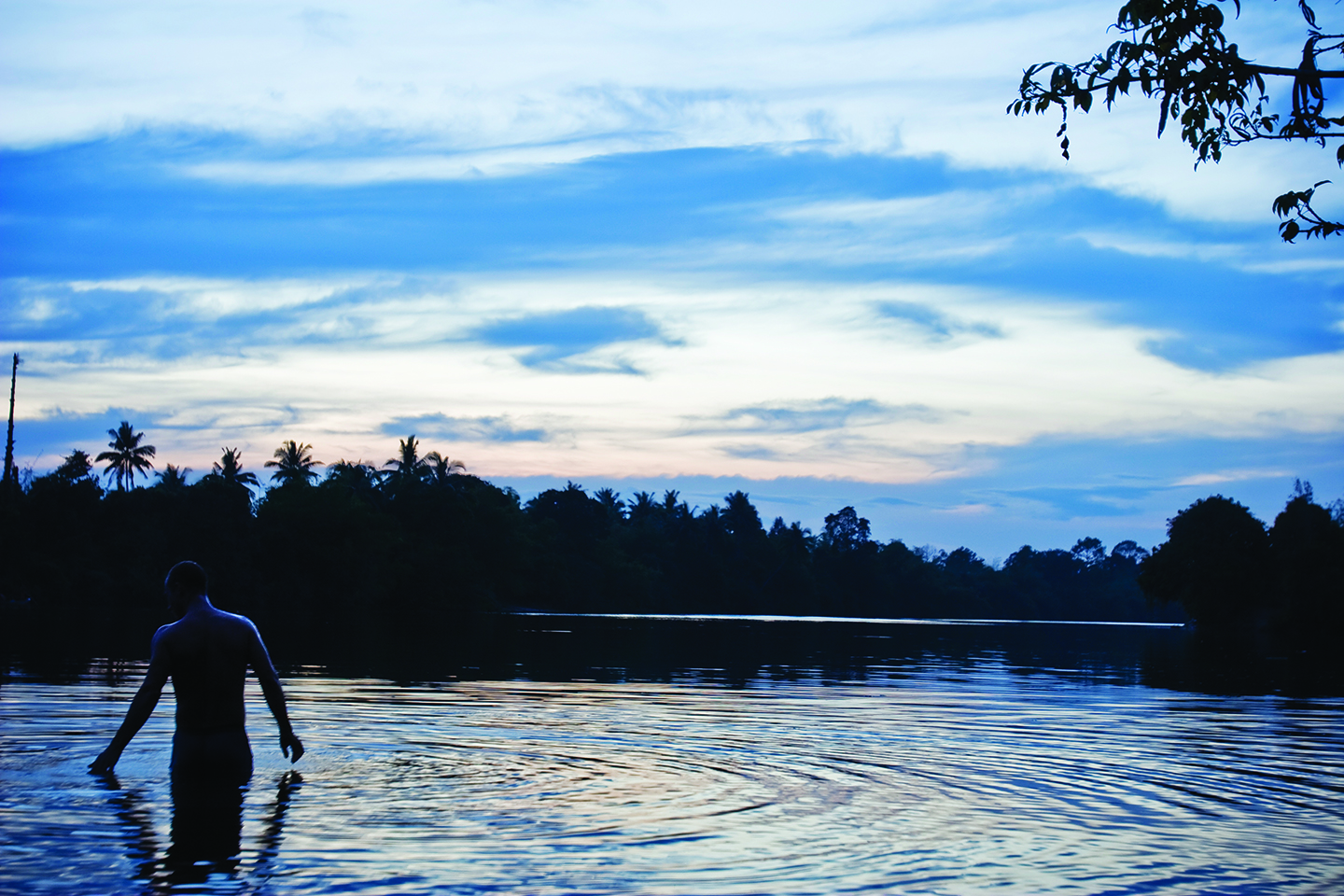
“It doesn’t matter if a map says that it’s a protected area, it’s the people who live in a place that really own it. And that’s ultimately what conservation is about – engaging the local community so that they see the incentives and do it themselves,” says Live and Learn’s Regional Program Co-ordinator Jady Smith. Live and Learn is collaborating with conservation organisation Wildlife Alliance to help bring ecotourism to Chi Phat, a village deep within the Cardamom Mountains, which has a unique biosphere under threat from land encroachment and logging.
In the cool shade beneath one of Koh Kong’s new bridges, a wooden boat waits to pick up passengers. Squatting on his haunches in the prow, 32-year-old Dam Miet is one of those the project aims to help. He was positive, saying he is always happy to see tourists, as they can provide an alternate livelihood. “I like them a lot,” he smiled. “The more foreigners that come here, the better it will be for us.”
The dense mangroves are interspersed with swaying meadows and thatch huts. However bucolic and picturesque the scene may be, the agricultural clearance that has followed in the wake of massive logging presents a grave threat to this irreplaceable trove of biodiversity. Just a few kilometres away, thousands of hectares of forest have been torched to make way for a sugarcane plantation.
With little incentive to conserve, local communities surrounding biodiversity-rich areas are driven by sheer economics to indulge in destructive activities
Between the Scylla of the landless poor and the Charybdis of Asia’s insatiable agro-industry, is there any hope? “It’s really about community incentives,” said Jady. “In the battle between conservation and development, it’s taken a long time to understand that if you want to conserve something, don’t put barriers up; give the local community incentives to manage that area.”
Any project that relies on outside input could be seen as ultimately unsustainable, he added, a situation the Chi Phat project wants to avoid.
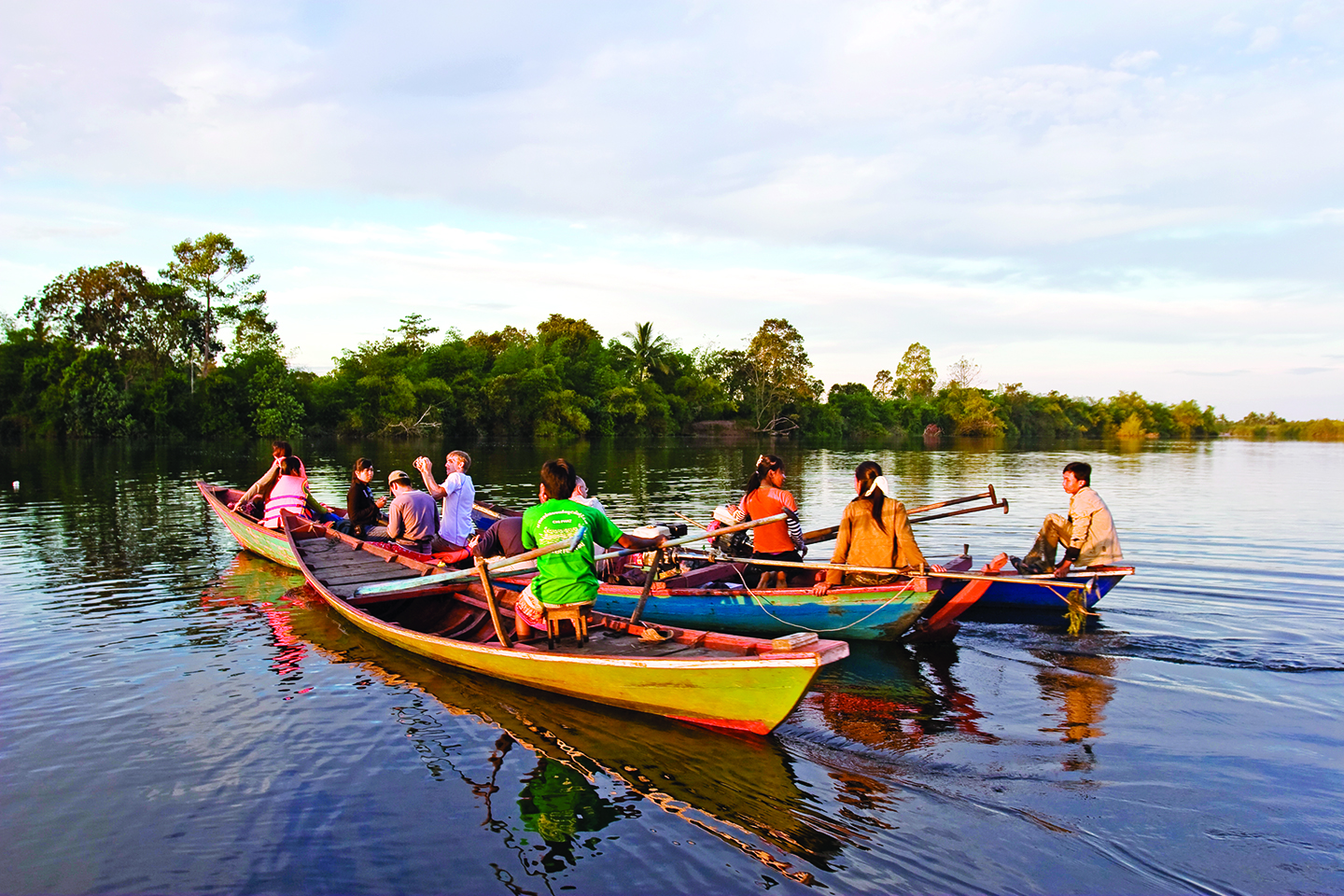
To the casual eye, Chi Phat could be almost anywhere in rural Cambodia. Parades of pie dogs and shambling white oxen are the closest the dusty main drag gets to traffic. But this unlikely spot is the front line in the battle to save Southeast Asia’s last great wilderness from destruction.
Obviously, the benefits of ecotourism must be greater than logging, hunting and land clearance, otherwise conservation has no chance of success. Locals formally involved in these trades are prized staff – they usually have the best knowledge of the forest trails. Some 500 local families are already involved – around 25% of Chi Phat’s total population, said Oran Shapirao, Wildlife Alliance’s Eco-Tourism Co-odinator for Chi Phat.
Environmental awareness training is a must for all local project participants, as well as hospitality and first aid training. There is a new school to provide English to the guides of tomorrow. “The whole idea is the community gets to a point where they can run the show themselves,” explained Jady.
Admittedly, there are few bi-lingual locals, but clear picture books and a basic Khmer language guide help break down the language barrier. Accommodation is definitely rustic but provides a real insight into rural Cambodia, and even the most jaded backpacker couldn’t help but be touched by the genuine hospitality of the hosts.
The environs are packed with rapids, caves, waterfalls and almost unexplored archaeological sites. Mountain biking, trekking, boat trips and camping allow real contact with the wilderness, rather than the sanitised picnic sites of Europe. The equipment is thankfully top notch: imported mountain bikes, clearly illustrated colour books and US-made binoculars for wildlife watchers. Trained guides are cheap to hire and come equipped with radios, tool kits and other useful items.
But is the concept working? “There are no clear numbers on the drop in the wildlife trade [but] one of the only incentives to stop it is to engage in alternative livelihoods that provide more money,” said Shapirao. “People here trust us and are willing to speak freely.”
The sprightly Chan Tok, 60, chief of the Chi Phat Committee was unequivocal. “This project is a great benefit and has improved the livelihoods of many villagers,” he said.
Chi Phat may well be a success, but some have raised questions over how applicable such a model is to other areas. Anne-Maria Makela, Senior Tourism Advisor for the Netherlands Development Organisation (SNV) noted that Cambodia has a wealth of ecotourism attractions, not least the mighty Mekong and the sprawling Tonle Sap. “Cambodia is rich in ecotourism potential,” she told Southeast Asia Globe.
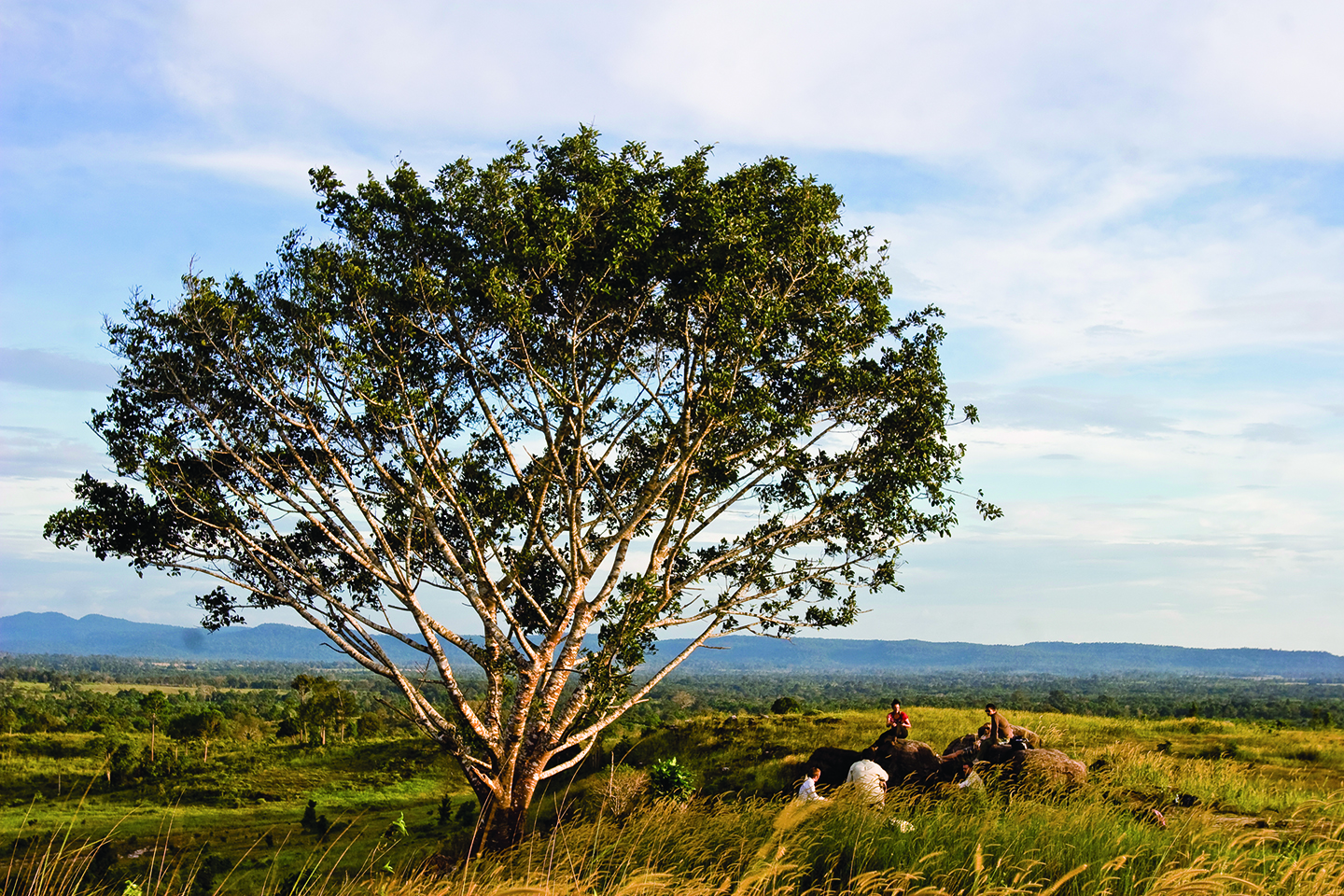
SNV is supporting the Royal Government of Cambodia, and especially its Ministry of Tourism, to reduce poverty by developing ecotourism in the country.
SNV is working with the Tourism Ministry to promote the Mekong Discovery Trail, an ambitious project promoting the northern towns of Kratie and Stung Treng. Tourism Minister Thong Khon offered high praise: “Villagers and townspeople can benefit without damaging the river environment, the last refuge for endangered Mekong River dolphins.”
GTZ, an organisation backed by the German government, is assisting a similar project in Kampong Thom province, as well as helping the Tourism Ministry brand its “Cambodia: Kingdom of Wonder” campaign. Kampong Thom, familiar to many only as a dusty stop off on the Phnom Penh -Siem Reap bus journey, seems at first sight to be a hard sell.
But flooded forests and ancient temples pre-dating Angkor lurk just a few kilometres from the highway. GTZ hopes this will help alleviate the widespread poverty in this mostly rural province, as well as helping conserve forests at risk from land clearance and ancient sanctuaries in danger from looters. These sites are also the attractions that bring cash – the epitome of sustainability.
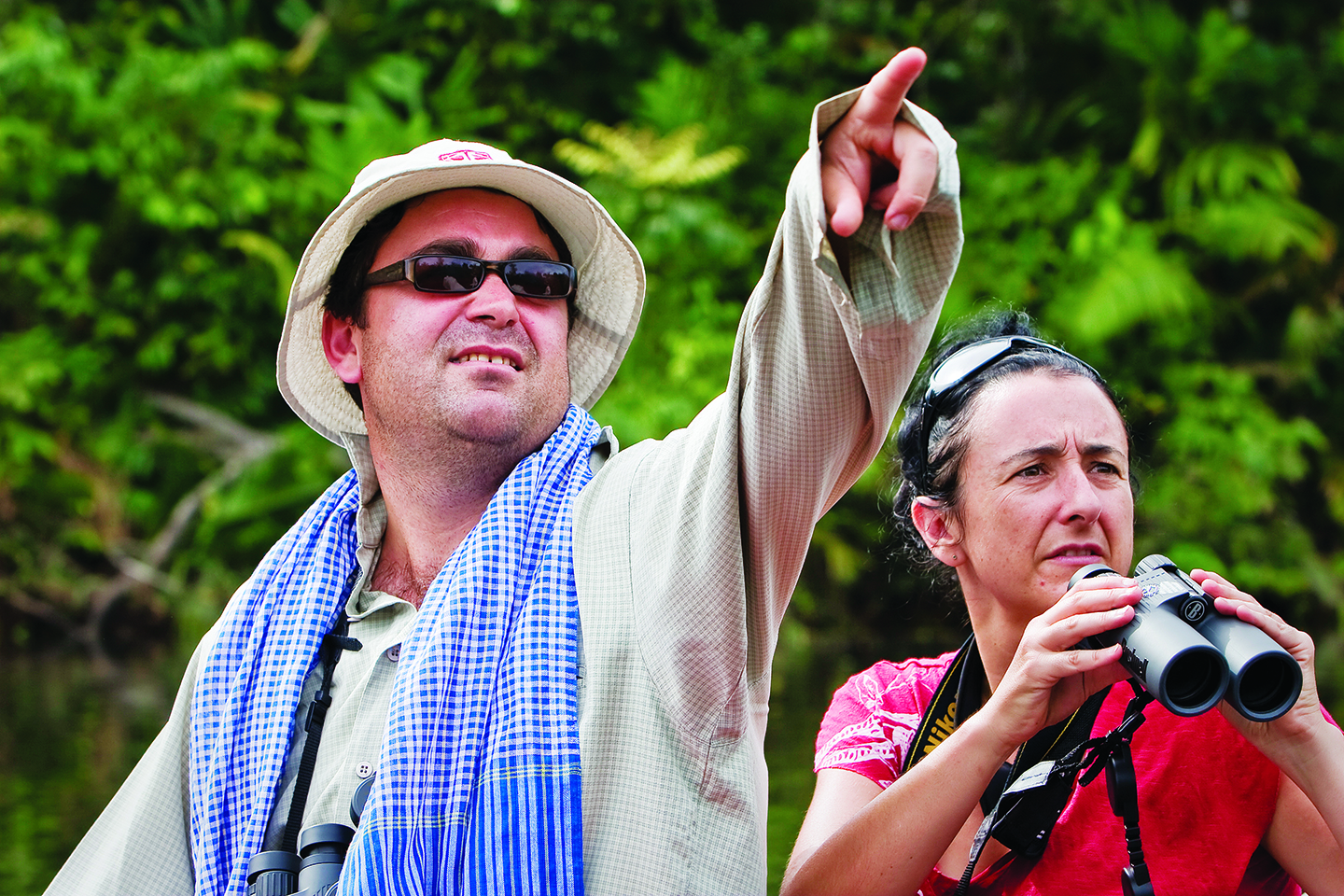
Like the other projects, GTZ is working with travel agents to ensure that destinations are both attractive and saleable. The input from for-profit business means that organisations have a timetable to leave, a real change in attitude from previous efforts. “Travel agent’s requests for business are very important for us, otherwise we cannot develop in a proper way,” said Peter Bolster, GTZ’s chief technical advisor for private sector promotion.
Asked if the project, which offers ox-cart rides and cultural shows amongst other activities, had been a success, Bolster was matter-of-fact. “It depends what you expect,” he said. “The present Minister of Tourism is very much behind the project but it’s a long job making people aware of what is supposed to happen. If you want to involve people, they have to understand what’s going on. It’s a step-by-step process.”
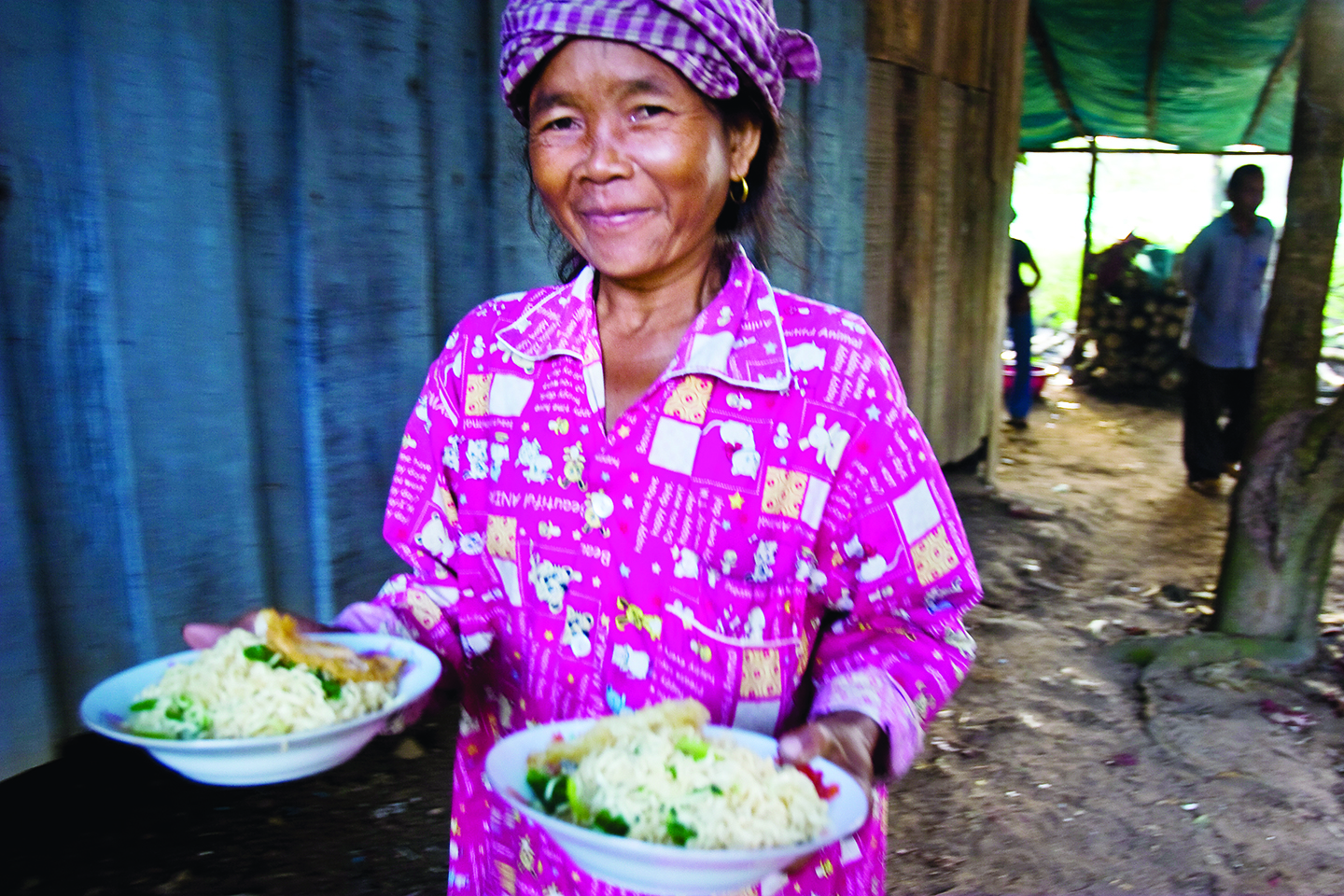
There are always risks associated with such projects, Bolster claimed. “If you leave tourism too much to the private sector, you can encounter a lot of mistakes like architectural pollution that destroys the landscape and destroying what you actually want to offer to tourists. If you leave it too much to the public sector, nothing happens; there’s no investment, it’s all planning but no action. This has to be a process of public-private partnership.”
Capacity is really important. If we rush it and bring too many people too quickly, again we could have failure on our hands
Jady Smith, Regional Program’s Co-ordinator, Live and Learn
Live and Learn’s Jady is even more blunt, warning that meddling without a proper business model may mean that the local communities are being set up for failure.
“In a lot of cases you can go too quickly – it is a danger,” he said. “Capacity is really important. If we rush it and bring too many people too quickly, again we could have failure on our hands. It can be a disincentive – it’s too much work, it’s too difficult; it’s much easier to just go into the forest and catch something.”
